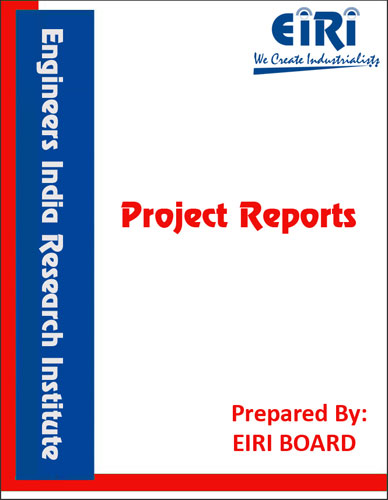CERAMIC INSULATOR (HT/LT)
The project report includes Present Market Position and Expected Future Demand, Market Size, Statistics, Trends, SWOT Analysis and Forecasts. Report provides a comprehensive analysis from industry covering detailed reporting and evaluates the position of the industry by providing insights to the SWOT analysis of the industry.
We can prepare PROJECT REPORT as per your INVESTMENT PLAN for BANK LOAN REQUIREMENT and INDUSTRY ANALYSIS. All reports are prepared by highly qualified consultants and verified by a panel of experts.
Have Query? Click Here to Chat
Industry Expert is Online, Chat with him for more detail.

Ceramic materials are widely used in applications where high temperatures are encountered. Frequently ceramic materials are used to provide thermal insulation in high temperature application. Ceramic insulators have been utilized in a variety of electrical devices. Ceramic insulators are often used as electrical insulators in chemically and electrically hostile environments. These ceramic insulators are often prepared from compositions containing lead, such as lead silicate. The lead is utilized to lower the firing temperature of the ceramic material and to promote bonding and sintering of other constituents in the ceramic used to form the insulator. High voltage insulators of ceramic materials are mainly used in outdoor switching stations and outdoor lines. They comprise an elongated insulation body which is equipped with shields for the formation of a leakage path which is matched, to the atmospheric conditions. The ceramic insulators, however, are heavy and bulky; they require specialized assembly fixtures or processes and are awkward and difficult to handle and ship. The ceramic insulators are also
brittle and easily chipped or broken. As an alternative to ceramics, composite materials were developed for use in insulators for transmission systems
Project Report Covers:
- Introduction
- Uses and Applications
- Properties
- Market Survey with future aspects
- Present Manufacturers
- B.I.S. Specifications
- Manufacturing Process with Formulae
- Cost Economics with Profitability Analysis
- Capacity
- Land & Building Requirements with Rates
- List & Details of Plant and Machinery with their Costs
- Raw Materials
- Details/List and Costs
- Power & Water Requirements
- Labour/Staff Requirements
- Utilities and Overheads
- Total Capital Investment
- Turnover
- Cost of Production
- Break Even Point
- Profitability
- Land Man Ratio
- Suppliers of Plant & Machineries and Raw Materials.



